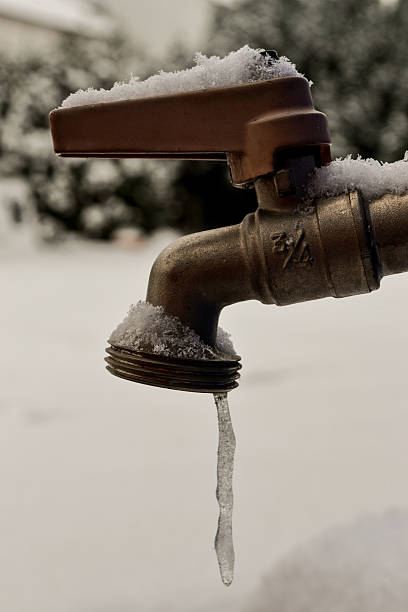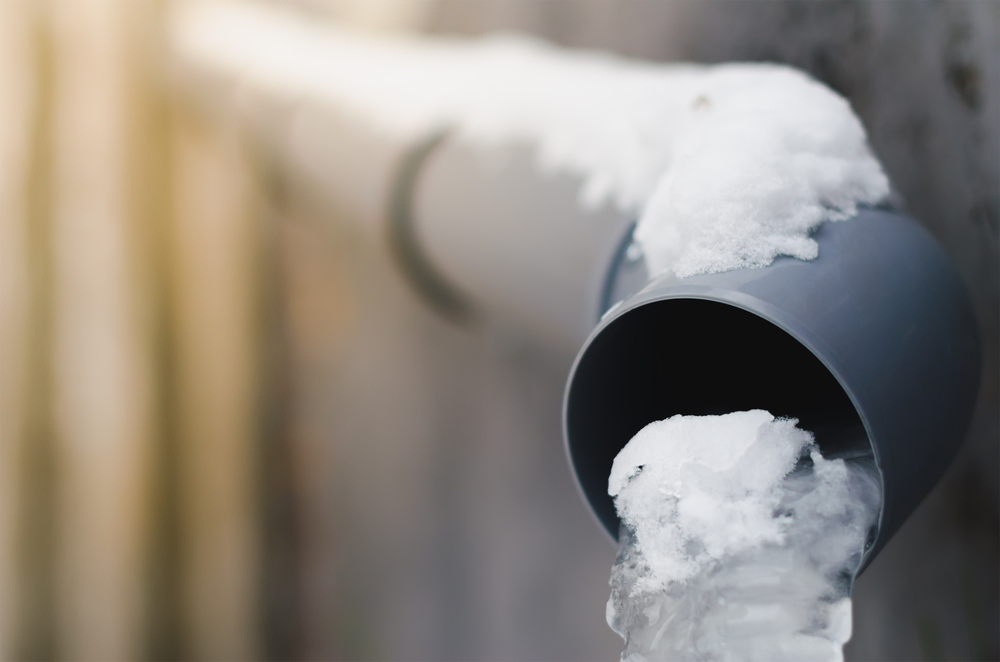Avoid Frozen Plumbing in Cold Weather: Professional Advice
Avoid Frozen Plumbing in Cold Weather: Professional Advice
Blog Article
Here further down you'll find lots of outstanding content in regards to Helpful Tips to Prevent Frozen Pipes this Winter.

Winter can ruin your pipes, specifically by freezing pipelines. Below's how to avoid it from taking place and what to do if it does.
Intro
As temperatures decline, the threat of frozen pipes boosts, potentially resulting in pricey repair work and water damages. Comprehending exactly how to avoid icy pipelines is critical for property owners in cool environments.
Prevention Tips
Protecting prone pipelines
Cover pipelines in insulation sleeves or make use of heat tape to secure them from freezing temperature levels. Concentrate on pipes in unheated or exterior locations of the home.
Heating strategies
Keep indoor rooms effectively heated, particularly locations with pipes. Open cupboard doors to enable cozy air to circulate around pipes under sinks.
Just how to recognize frozen pipes
Search for reduced water circulation from taps, uncommon smells or sounds from pipelines, and noticeable frost on subjected pipelines.
Long-Term Solutions
Architectural modifications
Think about rerouting pipes away from exterior walls or unheated locations. Add additional insulation to attics, basements, and crawl spaces.
Upgrading insulation
Purchase premium insulation for pipelines, attic rooms, and wall surfaces. Correct insulation aids keep regular temperatures and reduces the danger of frozen pipes.
Securing Exterior Plumbing
Garden hose pipes and exterior taps
Detach and drain pipes garden hoses prior to wintertime. Set up frost-proof faucets or cover outdoor faucets with shielded caps.
Comprehending Icy Pipes
What triggers pipelines to ice up?
Pipes freeze when subjected to temperature levels below 32 ° F (0 ° C) for prolonged periods. As water inside the pipelines ices up, it expands, putting pressure on the pipeline wall surfaces and possibly causing them to burst.
Risks and damages
Icy pipes can cause water disturbances, residential property damages, and expensive repair work. Burst pipelines can flood homes and cause substantial structural damage.
Signs of Frozen Piping
Identifying frozen pipes early can prevent them from bursting.
What to Do If Your Pipelines Freeze
Immediate actions to take
If you suspect icy pipes, keep taps available to ease pressure as the ice thaws. Use a hairdryer or towels taken in hot water to thaw pipes slowly.
Conclusion
Stopping frozen pipes requires proactive measures and fast feedbacks. By comprehending the reasons, signs, and safety nets, homeowners can safeguard their pipes throughout cold weather.
6 Proven Ways to Prevent Frozen Pipes and Protect Your Home
Disconnect and Drain Garden Hoses
Before winter arrives, start by disconnecting your garden hoses and draining any remaining water. Close the shut-off valves that supply outdoor hose bibs and leave the outdoor faucet open to allow any residual water to drain. For extra protection, consider using faucet covers throughout the colder months. It’s also important to drain water from any sprinkler supply lines following the manufacturer’s directions.
Insulate Exposed Pipes
Insulating your pipes is an effective way to prevent freezing. Pipe insulation is readily available at home improvement stores and is relatively inexpensive. Pay close attention to pipes in unheated areas such as the attic, basement, crawl spaces, or garage. Apply foam insulation generously to create a buffer against the cold. You can also wrap your pipes in heat tape or thermostat-controlled heat cables for added warmth.
Seal Air Leaks
Inspect your home for any cracks or openings that could let in cold air. Seal any holes around the piping in interior or exterior walls, as well as the sill plates where your home rests on its foundation. Additionally, make sure to keep your garage door closed unless you’re entering or exiting. Leaving it open creates a significant air leak that can lead to frozen pipes.
Allow Warm Air Circulation
During cold snaps, it’s essential to allow warm air to circulate evenly throughout your home. Leave interior doors ajar to promote better airflow. Open kitchen and bathroom cabinets to help distribute heat consistently around the rooms. If you have small children or pets, be sure to remove any household chemicals or potentially harmful cleaners from open cabinets for safety.
Let Faucets Drip
A small trickle of water can make a big difference in preventing ice formation inside your pipes. When temperatures drop significantly, start a drip of water from all faucets served by exposed pipes. This continuous flow helps prevent the water from freezing. Additionally, running a few faucets slightly can relieve pressure inside the pipes, reducing the chances of a rupture if the water inside does freeze.
https://choateshvac.com/6-proven-ways-to-prevent-frozen-pipes-and-protect-your-home/

We are very inquisitive about How to Prevent Your Pipes From Freezing and I'm hoping you liked our article. Remember to set aside a second to share this blog if you liked it. Thank-you for taking the time to read it.
Free Quote Report this page